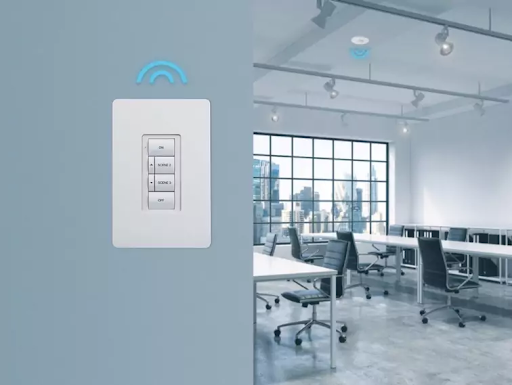Optimizing your lighting control panel is essential for maximizing the efficiency and effectiveness of your lighting systems, especially when using LED high bay lights. Different environments require tailored approaches to lighting control to enhance functionality, safety, and energy efficiency. Here’s a guide to help you make the most of your lighting control panel across various settings.
Understanding the Basics of Lighting Control Panels
Before diving into optimization strategies, it’s crucial to understand what a lighting control panel is and its key components.
What is a Lighting Control Panel?
A lighting control panel is a centralized system that manages and controls lighting fixtures. It allows users to adjust brightness, set schedules, and automate lighting based on specific needs or activities.
Key Features
- Dimming Capabilities: Adjusts light intensity based on time of day or activity.
- Scheduling: Automates on/off cycles based on preset times.
- Sensor Integration: Utilizes motion and daylight sensors for adaptive lighting.
- Zone Control: Allows separate control of different lighting areas.
Step 1: Assess Your Environment
Different environments have unique lighting requirements. Understanding these needs is the first step toward effective optimization.
1. Commercial Spaces
For retail stores and offices, lighting should enhance visibility and create an inviting atmosphere. Consider how products or workstations are best illuminated.
2. Industrial Areas
In warehouses or manufacturing facilities, safety and visibility are paramount. High-bay LED lights are often used here, requiring control systems that support high-intensity lighting and quick adjustments.
3. Outdoor Areas
For parking lots or outdoor venues, security and safety are top priorities. Your lighting control panel should accommodate motion sensors and timers to ensure lights are only on when needed.
Step 2: Customize Your Control Strategies
Once you understand your environment, you can customize your control strategies.
1. Implement Dimming Features
Using dimmable LED high bay lights can significantly reduce energy consumption. Set dimming schedules based on occupancy and natural light availability.
2. Utilize Motion Sensors
In areas with variable foot traffic, motion sensors can ensure lights are only on when necessary. This is particularly useful in restrooms, hallways, and storage areas.
3. Schedule Lighting
Create schedules for your lighting control panel to align with the specific needs of your environment. For example, in an office, lights can be programmed to turn on before employees arrive and off after they leave.
Step 3: Monitor and Adjust
Optimization is an ongoing process that involves monitoring performance and making adjustments as needed.
1. Track Energy Consumption
Use your lighting control panel to monitor energy usage. Identify patterns and adjust schedules or settings to improve efficiency.
2. Solicit Feedback
Gather feedback from users about the lighting conditions. Are there areas that feel too bright or too dim? Use this input to refine your lighting strategies.
3. Regular Maintenance
Ensure your lighting control panel and fixtures are well-maintained. Regularly check for software updates and ensure sensors and controls are functioning correctly.
Step 4: Consider Advanced Features
If your current system allows, consider integrating more advanced features for even greater efficiency.
1. Daylight Harvesting
Integrate daylight sensors that automatically adjust artificial lighting based on the amount of natural light available. This reduces energy use during daytime hours.
2. Centralized Control Systems
For larger facilities, centralized control systems can manage multiple lighting zones and provide a comprehensive overview of energy usage and system performance.
3. Smart Technology Integration
Explore options for integrating smart technology with your lighting control panel. This could include mobile apps for remote management or integration with building management systems for seamless operation.
Conclusion
Optimizing your lighting control panel for different environments is crucial for enhancing functionality, safety, and energy efficiency. By assessing your environment, customizing control strategies, and implementing advanced features, you can make the most of your LED high bay lights and other lighting fixtures. Continuous monitoring and adjustments will ensure your lighting systems remain efficient and effective, ultimately benefiting both your operational costs and user satisfaction.







